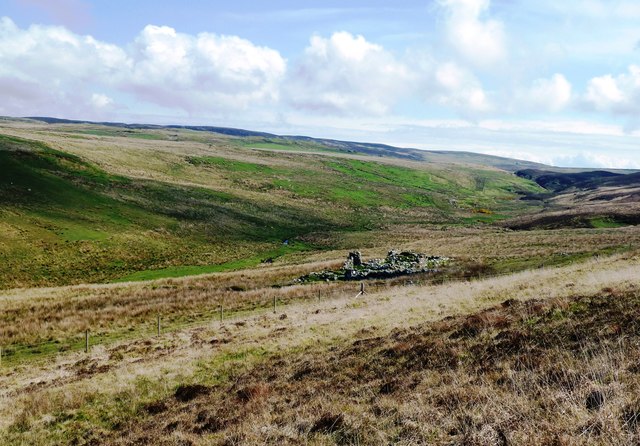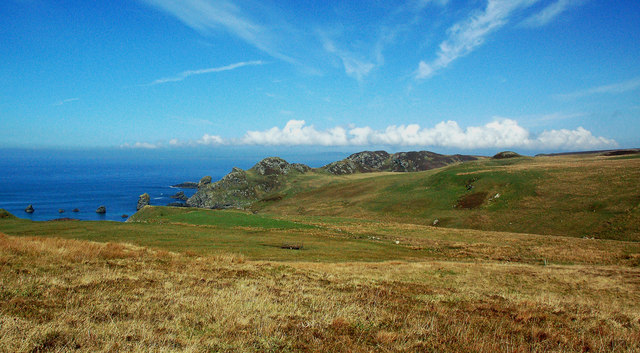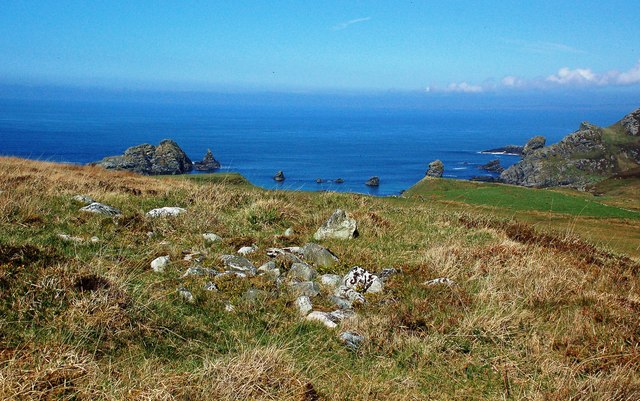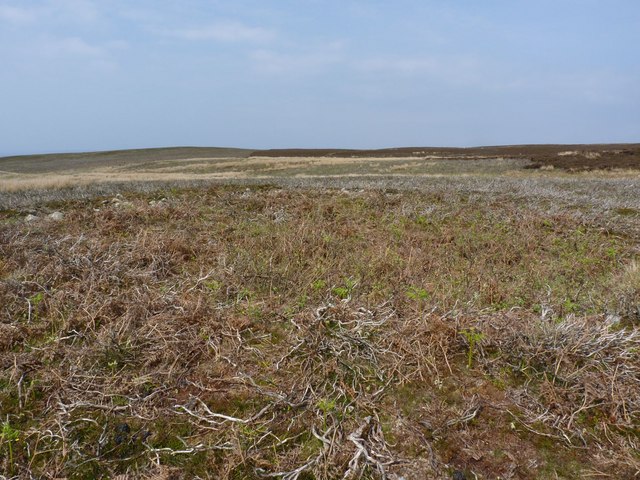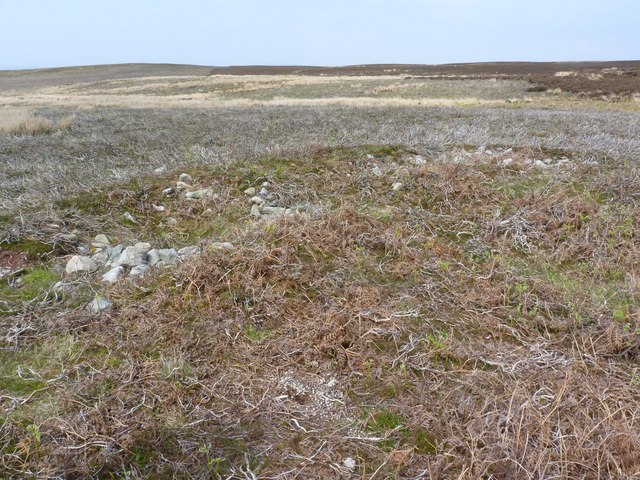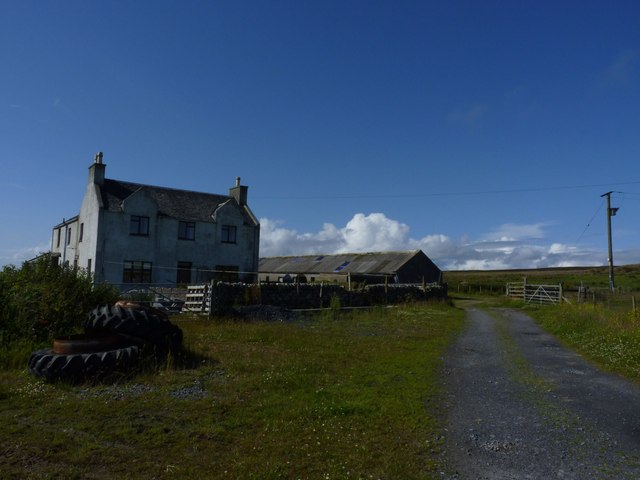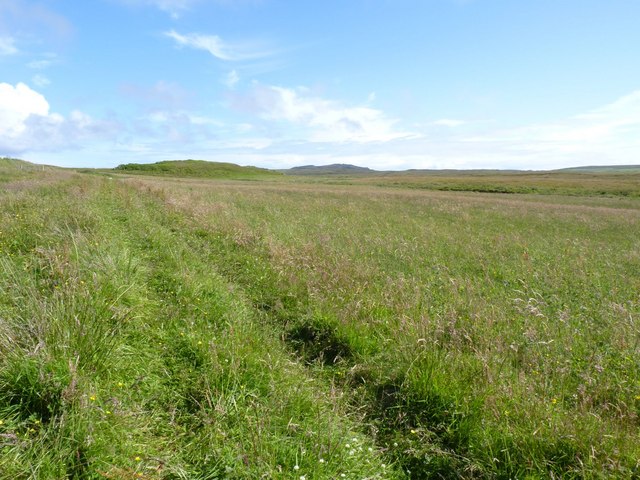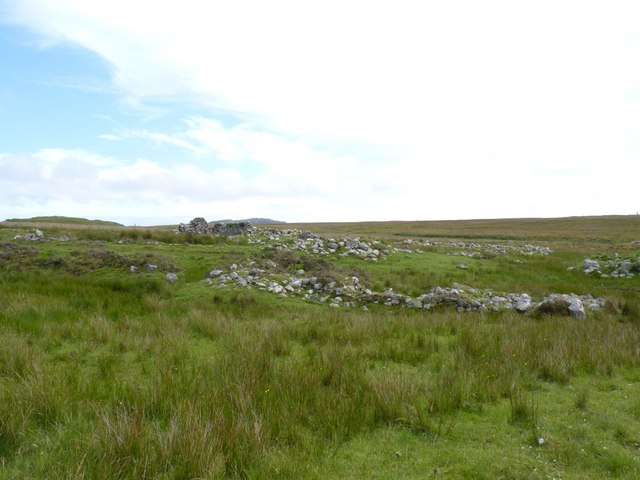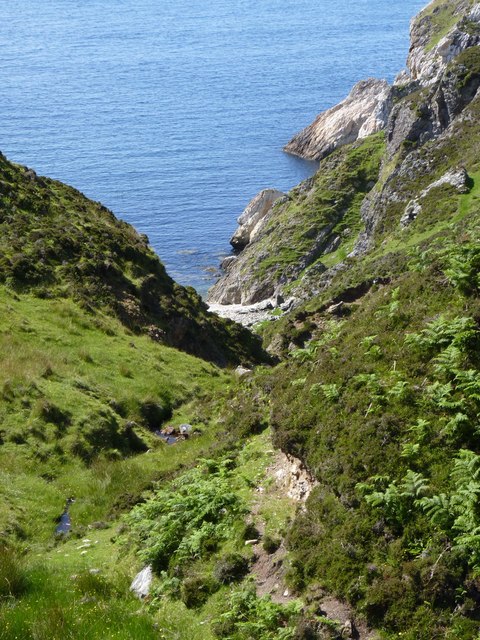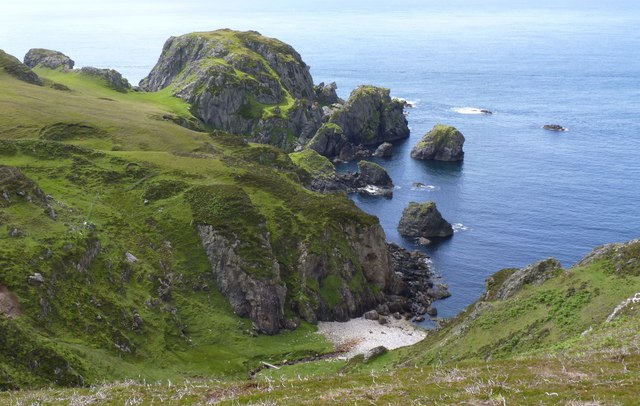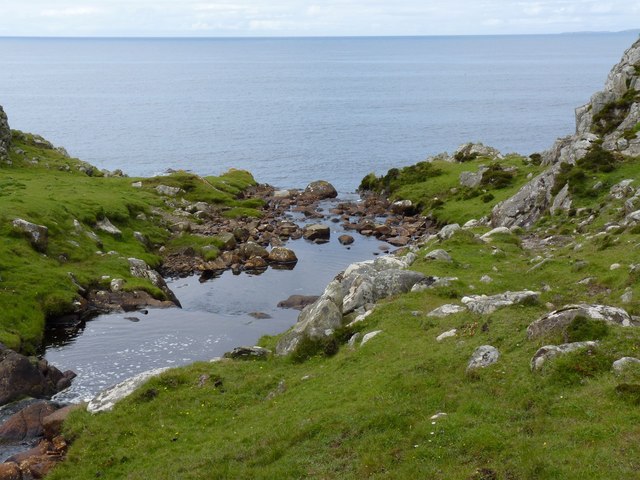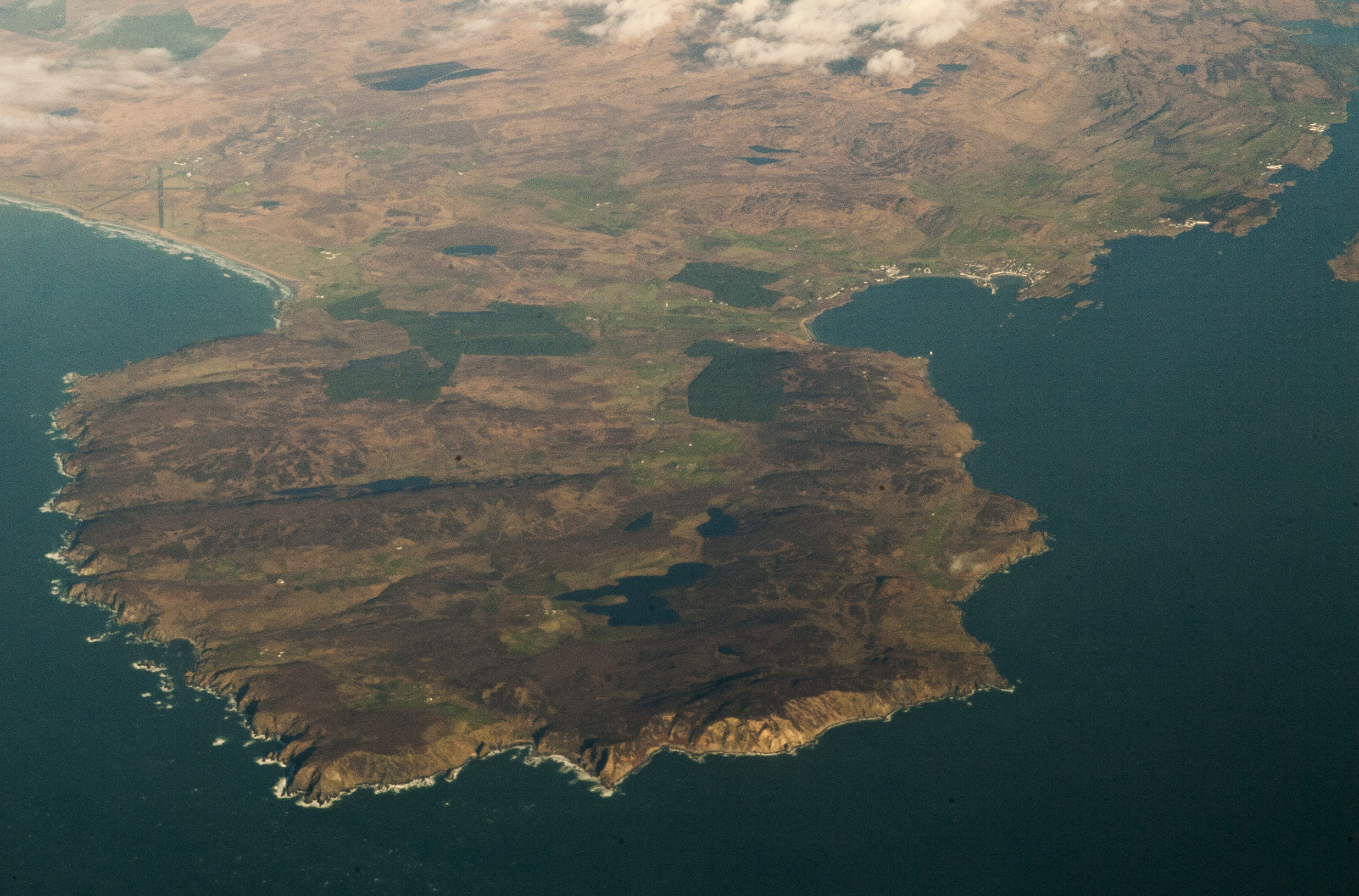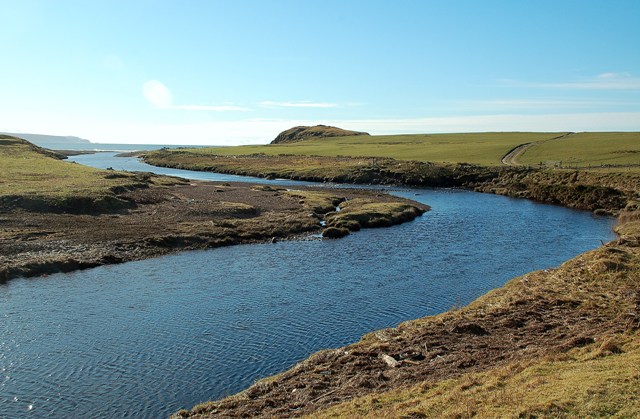Sgeirean an Dùin Mhòir Rocks
Island in Argyllshire
Scotland
Sgeirean an Dùin Mhòir Rocks
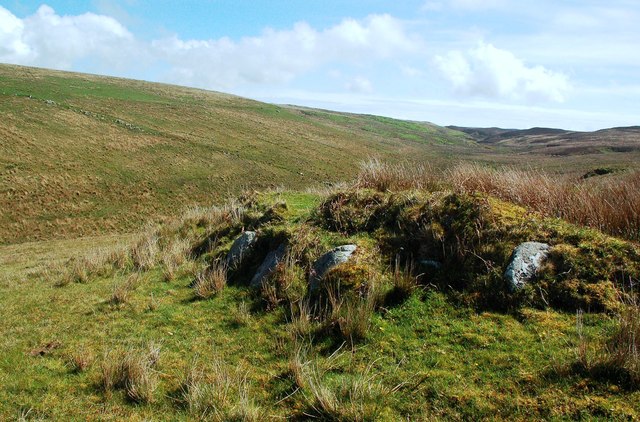
Sgeirean an Dùin Mhòir Rocks, located in Argyllshire, is a collection of stunning rocky islets situated off the west coast of Scotland. These islets are part of the Inner Hebrides and are specifically located in the Sound of Mull, near the Isle of Mull.
The Sgeirean an Dùin Mhòir Rocks are known for their unique geological formations, which have been shaped by centuries of erosion from the powerful waves of the North Atlantic Ocean. The rocks vary in size, some reaching up to 20 meters in height, and are composed mainly of ancient volcanic rocks.
The area is a haven for seabirds, providing them with nesting sites and ample feeding opportunities. Numerous species can be found here, including puffins, razorbills, guillemots, and kittiwakes, making it a popular destination for birdwatchers and wildlife enthusiasts.
The rocks are also home to a diverse marine ecosystem, with seals and otters frequently seen in the surrounding waters. The crystal-clear waters around the Sgeirean an Dùin Mhòir Rocks offer excellent opportunities for snorkeling and diving, allowing visitors to explore the rich underwater world filled with colorful marine life.
Access to the Sgeirean an Dùin Mhòir Rocks is primarily by boat, with tours available from nearby towns such as Tobermory or Oban. The area is protected and designated as a Site of Special Scientific Interest, ensuring the preservation of its unique geological and ecological features.
Visitors to Sgeirean an Dùin Mhòir Rocks can expect to be immersed in a stunning natural landscape, with rugged cliffs, impressive rock formations, and an abundance of wildlife, making it a must-visit destination for nature lovers and adventure seekers.
If you have any feedback on the listing, please let us know in the comments section below.
Sgeirean an Dùin Mhòir Rocks Images
Images are sourced within 2km of 55.621005/-6.3330504 or Grid Reference NR2744. Thanks to Geograph Open Source API. All images are credited.
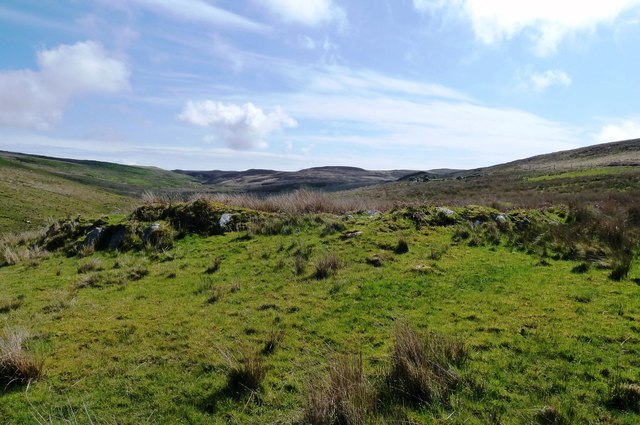
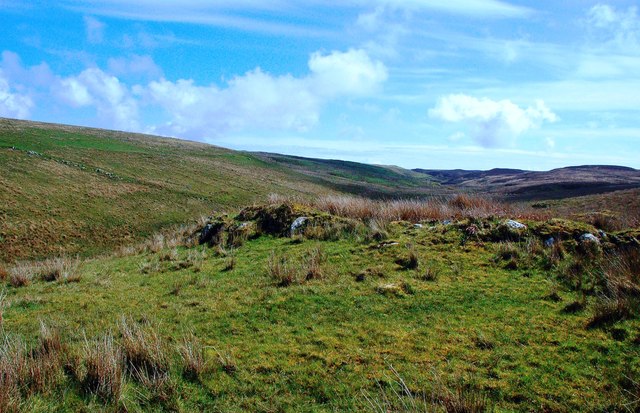
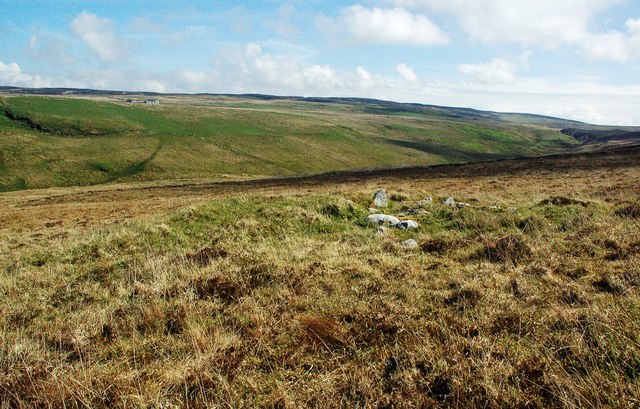
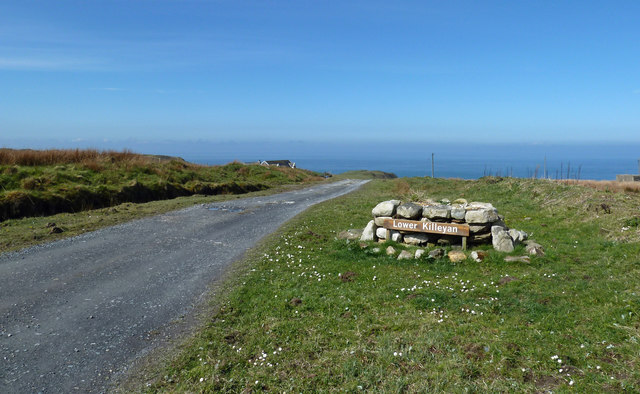
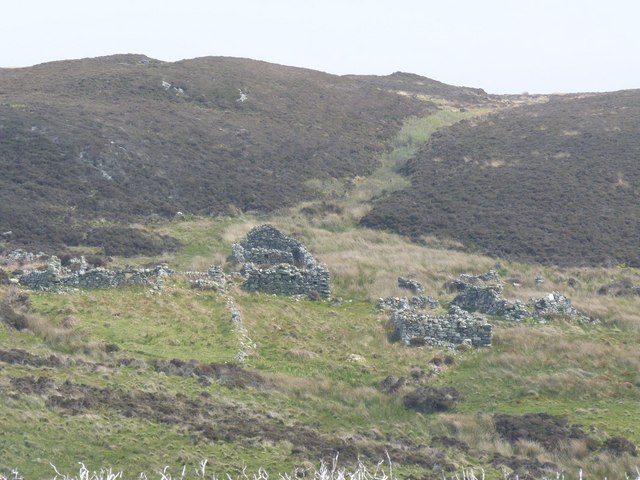
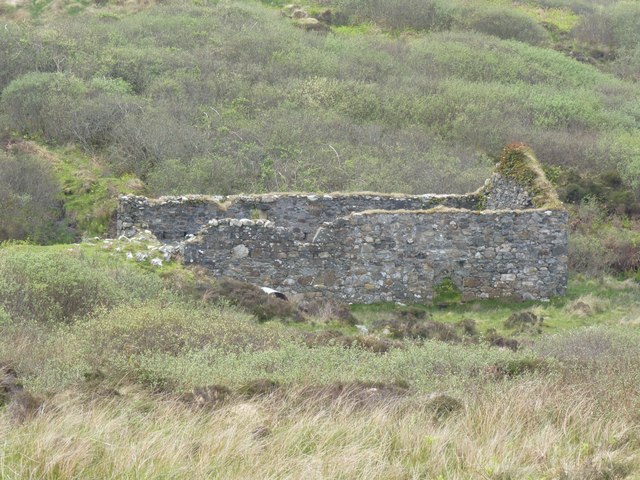
Sgeirean an Dùin Mhòir Rocks is located at Grid Ref: NR2744 (Lat: 55.621005, Lng: -6.3330504)
Unitary Authority: Argyll and Bute
Police Authority: Argyll and West Dunbartonshire
What 3 Words
///spacing.cork.monument. Near Port Ellen, Argyll & Bute
Related Wikis
Eas Mòr, lower
Eas Mor (lower) is a waterfall on the Abhainn Ghil on the island of Islay, in Scotland. It lies on the west coast of The Oa peninsula north of Lower Killeyan...
Eas Mòr, upper
Eas Mor is a waterfall is a waterfall on the Abhainn Ghil on the island of Islay in Scotland. It lies on The Oa peninsula south of Giol and west of Lenavore...
The Oa
The Oa ( OH) (Scottish Gaelic: An Obha) is a rocky peninsula in the southwest of the island of Islay, in Argyll, Scotland. It is an RSPB nature reserve...
Machrie golf course
The Machrie Golf Course, or "The Machrie Links", is located on Islay, in Scotland. The word "machrie" is a corruption of the Scottish Gaelic machair, which...
Islay Airport
Islay Airport (IATA: ILY, ICAO: EGPI) (also known as Glenegedale Airport) (Scottish Gaelic: Port-adhair Ìle) is located 4.5 nautical miles (8.3 kilometres...
Port Ellen distillery
Port Ellen distillery is located in Port Ellen on the isle of Islay, Scotland. It initially operated between 1825 and 1983 when production shut down....
River Laggan
The River Laggan is a small river on the Scottish island of Islay. Having gathered the waters of the Kilennan River, Barr River and Duich River / Torra...
St John's Church, Port Ellen
St John's Church, Port Ellen is a Category B listed building in Port Ellen, Islay, Argyll and Bute, Scotland. == History == The memorial stone for the...
Have you been to Sgeirean an Dùin Mhòir Rocks?
Leave your review of Sgeirean an Dùin Mhòir Rocks below (or comments, questions and feedback).
